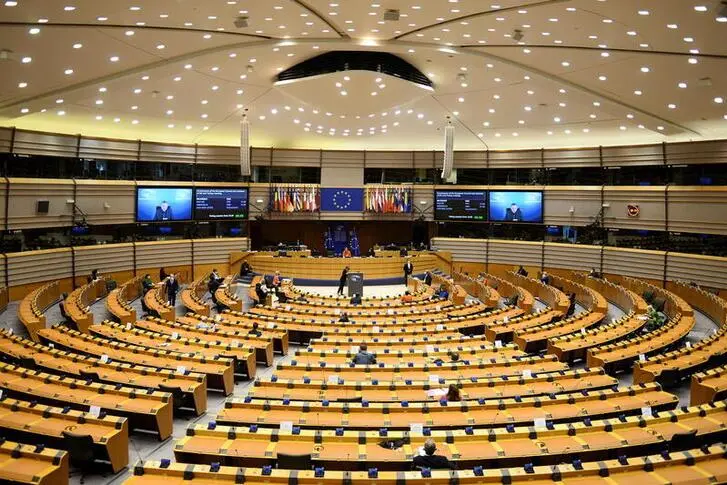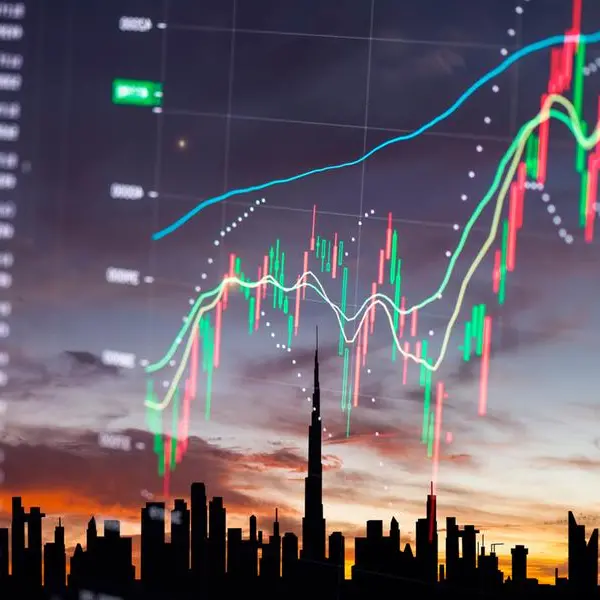PHOTO
NEW YORK – Europe continues to lead the world in climate action. In the last week alone, the European Parliament and Council reached a provisional agreement enshrining in law the objective of reducing greenhouse-gas emissions by 55% by 2030 and reaching net-zero emissions by 2050. And the European Union published its long-awaited “sustainable finance taxonomy” – a move that could become a global standard for green investment and transform capital markets.
In the last half-decade, public, corporate, and investor awareness of environmental, social, and governance (ESG) risks has risen sharply. ESG investments expanded exponentially during the pandemic, and are now one of the world’s fastest-growing asset classes – a trend that is set to continue.
Likewise, the social, green, and sustainability bond market has boomed in recent years. As figure 1 shows, between 2015 and 2019, worldwide issuance increased more than six-fold; last year, total sustainable bond issuance surpassed $1 trillion.
The EU has played a central role in driving this progress. It was the European Investment Bank that issued the world’s first green bond in 2007, and the EU remains a global hub of ESG bonds today. Furthermore, the euro is the global currency of choice for sustainable finance. As figure 2 shows, about 50% of global sustainable capital markets are denominated in euros, compared to 27% in US dollars.
During the pandemic, the EU has reinforced its ESG leadership, including by incorporating green and social bonds into relief initiatives. For example, the European Stability Mechanism designed a €240 billion ($290 billion) pandemic-response credit line for health care in eurozone countries. If called upon, this instrument would be financed by social bonds.
Moreover, the European Commission announced that 30% of the €750 billion EU recovery fund will be financed with green bonds, which will begin to be issued in the coming months. And all of the funding for the European Commission’s €100 billion Support to Mitigate Unemployment Risks in an Emergency (SURE) program will come in the form of social bonds.
Yet more must be done to harness the full potential of ESG capital. Standardized methodologies and terminology are needed to minimize market dissonance and prevent so-called greenwashing (portraying an activity or investment as more sustainable than it is).
Here, again, the EU is taking the lead, using regulations and guidelines to strengthen the sustainable-finance market. For example, the European Commission has created climate-related reporting guidelines for companies and has been developing the EU Green Bond Standard, in order to “encourage market participants to issue and invest in EU green bonds” and to improve the market’s “effectiveness, transparency, comparability, and credibility.”
The new sustainable finance taxonomy is another crucial step forward. Starting in 2022. investors and large corporations in Europe will report annually on the green portion of their portfolios based on clear taxonomy criteria and definitions, which will allow for better transparency and comparison. Most importantly, this should lead to new and upgraded projects and activities in line with the taxonomy criteria as well as a redirection of capital flows and investments into such activities.
But the taxonomy’s impact will most likely extend well beyond the EU. After all, European regulations often have a global impact.
Multinational corporations follow the EU’s regulations – from its General Data Protection Regulation to its environmental rules – to gain access its large and wealthy consumer markets. But, given the costs of adjusting their operations to multiple regulatory regimes, they also often apply these rules across their global operations. This is the “Brussels effect.”
Given that the EU is the largest ESG marketplace, global firms have strong incentive to construct their ESG portfolios to align with the new taxonomy – especially if investors increasingly favor investments that meet Europe’s ESG standards. This means that the EU’s taxonomy may well become a global standard for sustainable finance.
It helps that ratings agencies have introduced new ESG ratings. So, if a firm fails to meet a certain standard, it will be downgraded from the “green” to the “brown list,” and have to pay a premium to access capital markets.
As the World Economic Forum’s latest annual Global Risks Report again confirms, climate change remains among the leading threats facing humanity. And yet, multilateral efforts to galvanize green finance have often fallen short. The Paris climate agreement’s call for making financial flows consistent with climate-resilient development has, it seems, fallen on deaf ears.
Moreover, the United States has so far failed to provide effective climate leadership. In fact, former President Donald Trump actively sought to limit ESG investing. It should be no surprise, then, that the US Treasury has issued no green bonds, and the US dollar lags well behind the euro as the currency of choice for ESG finance.
To be sure, US President Joe Biden recently pledged to halve greenhouse-gas emissions (from 2005 levels) by 2030 – an important reversal that should be welcomed. But when it comes to ESG investing, the US is playing catch-up. The EU is far ahead of the pack. And, through the Brussels effect, it is creating a smoother road for everyone.
Kalin Anev Janse is Chief Financial Officer at the European Stability Mechanism. Anu Bradford, Professor of Law and International Organization at Columbia Law School, is a senior scholar at Columbia Business School’s Jerome A. Chazen Institute for Global Business. She is the author of The Brussels Effect: How the European Union Rules the World.
Disclaimer: The content of this article is syndicated or provided to this website from an external third party provider. We are not responsible for, and do not control, such external websites, entities, applications or media publishers. The body of the text is provided on an “as is” and “as available” basis and has not been edited in any way. Neither we nor our affiliates guarantee the accuracy of or endorse the views or opinions expressed in this article. Read our full disclaimer policy here.
© Project Syndicate 2021























